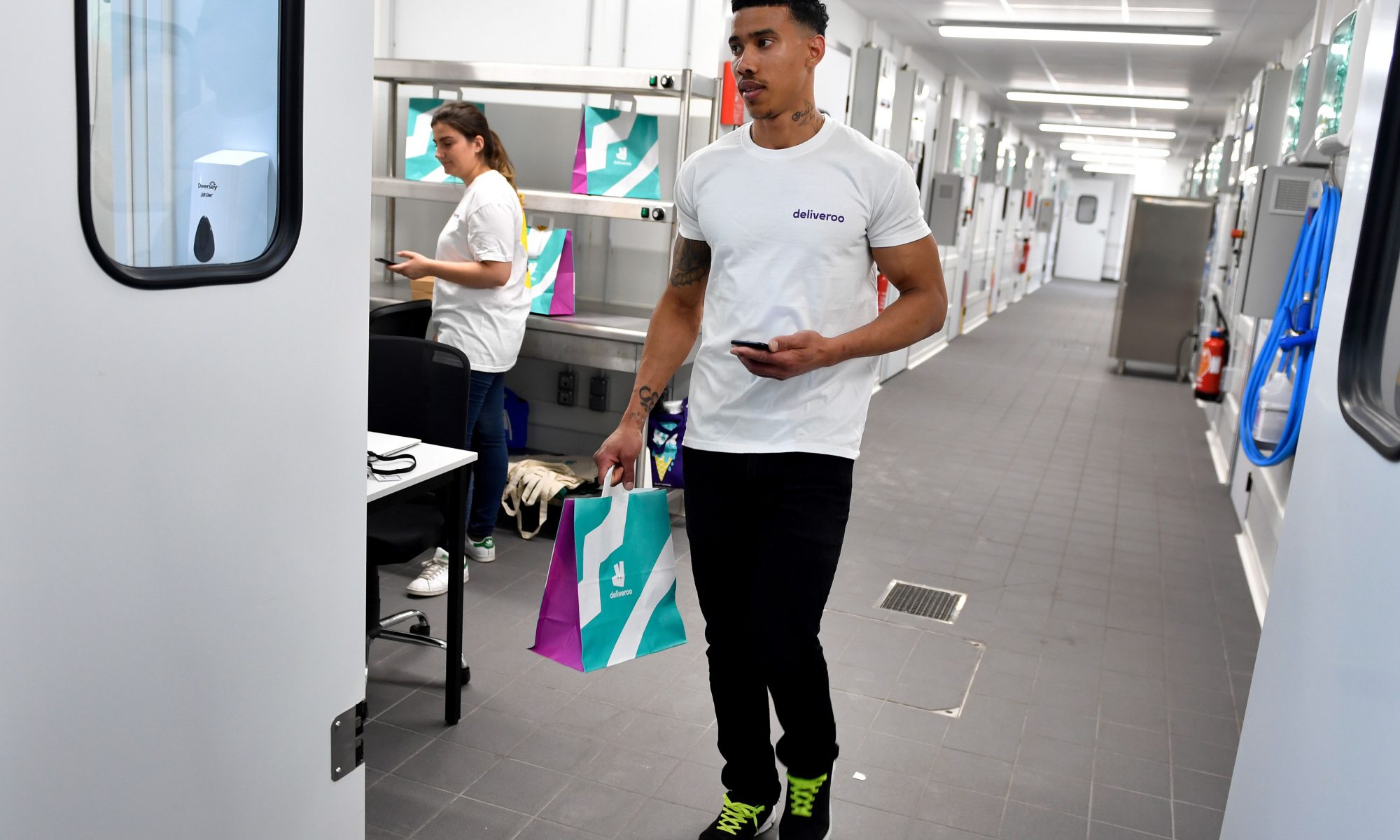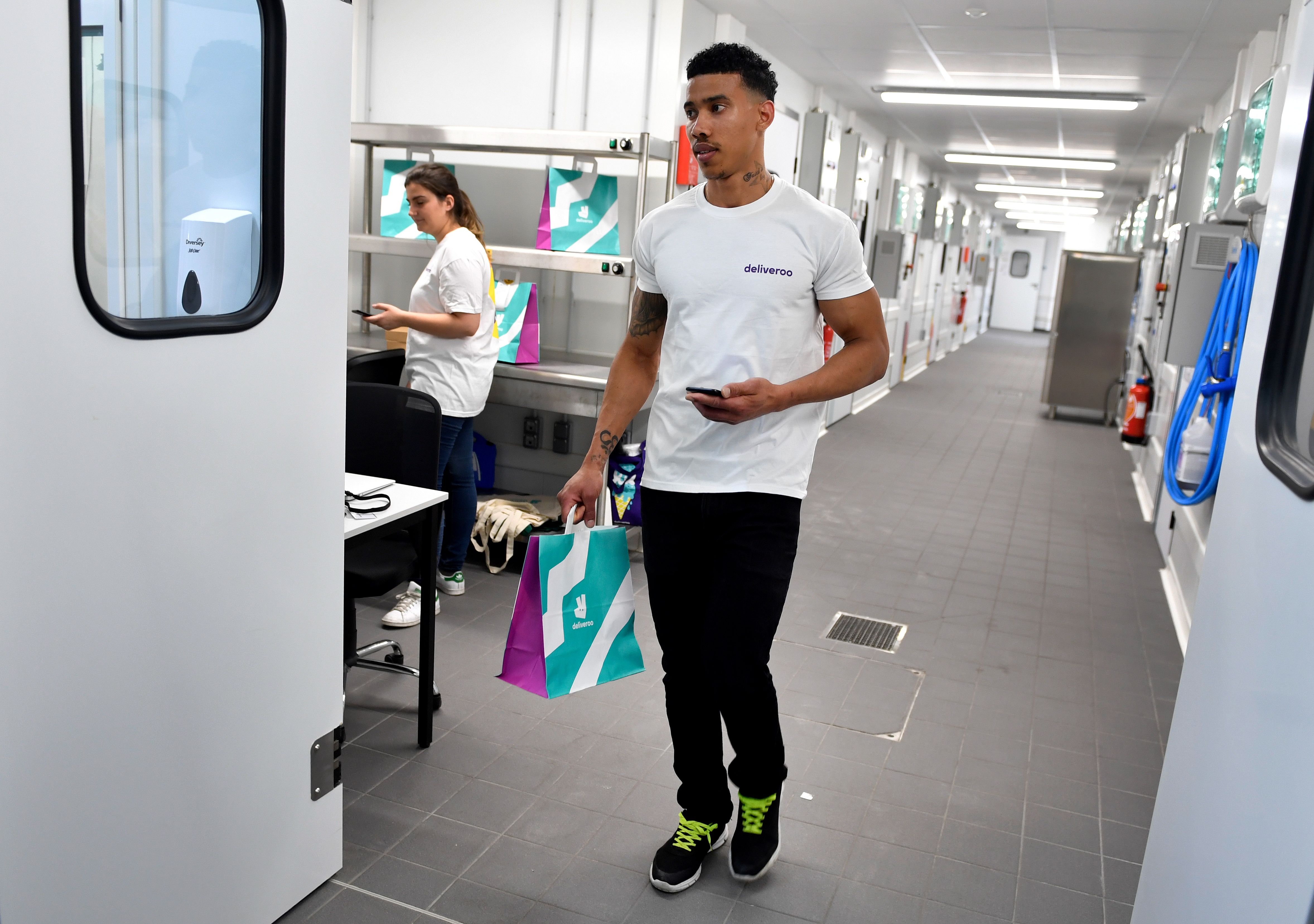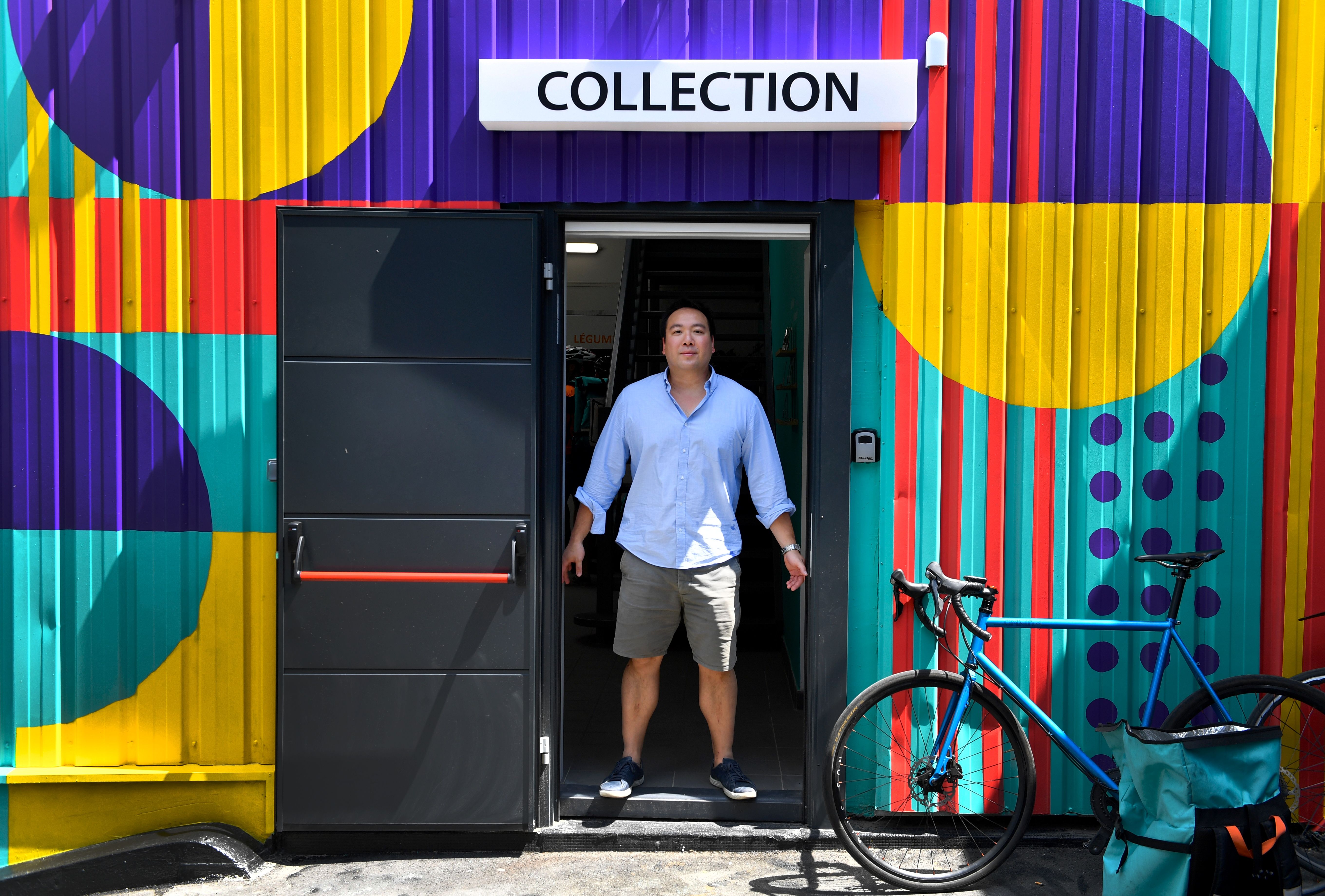This is a comeback story. Or at least the first chapter to one.
Anthony Levandowski, the former Google engineer and serial entrepreneur who was at the center of a trade secrets lawsuit between Uber and Waymo, is back. And he is connected to an autonomous trucking company that is still in stealth mode, TechCrunch has learned.
The company, called Kache.ai (pronounced like cache), has kept a low profile since paperwork registering it as a corporation was first filed with the California Secretary of State nearly seven months ago. And at first glance, there’s no indication that Levandowski is even tied to the company.
Corporation documents, filed with the state, list a “Thomas S. Lee Jr” as its president. A search on LinkedIn showed Lee, a software developer whose previous experience includes co-founding two San Diego-based companies, as president of Kache.ai. Since reaching out to Kache.ai, all references of the company have been removed from LinkedIn.
However, the address listed on the corporation’s state filing tells a different story. Kache.ai’s documents filed with the state lists an address in St. Helena, California. The property is owned by Levandowski’s father and stepmother, according to property tax and title records reviewed by TechCrunch. Levandowski’s stepmother Suzanna Musick was CEO of another one of Levandowski’s startups called 510 Systems.
The company didn’t return calls for comment. However, other unnamed sources within the global autonomous vehicle ecosystem confirmed to TechCrunch that Levandowski is connected to the company.
Little is known about Kache.ai. The word “Kǎchē” in Chinese means truck, which could signal a connection to China. Although TechCrunch was not able to independently verify if Kache.ai has any outside partners or backers yet.

The company’s website, which at one point listed an email contact for Lee and described its mission, is now blank except for a single image of a jagged mountain ridge. TechCrunch was able to review and capture screenshots of the website prior to the changes, one of which is shown above. At that time, the Kache.ai website said the company was working on “the next generation of autonomous vehicle technology for the commercial trucking industry.” The employment opportunities section of the now erased website once said:
“We’re developing the solution for the next level of on-the-road self-driving trucks. Our development philosophy is based on a fast moving, very aggressive agile team approach and we’re seeking both software and hardware engineers that thrive in such an environment.”
It appears the company is hiring at every level, from mapping and database experts to people with robotics and simulation skills. The website also noted that the company is looking for software engineers with experience in convolutional neural networks as well as computer vision and machine learning algorithms.
The website said Kache.ai is located in the San Francisco area.
A not so unlikely return
To outsiders, Levandowski’s return to the autonomous vehicle stage might have seemed improbable just a year ago. To former colleagues and others who know him, it was inevitable. However, outside a few vague remarks that Levandowski was “working on something,” his return (until now) was mostly based on rumor and speculation.
Levandowski is part of the braintrust of autonomous vehicle technology that for years was largely confined to academic research.
That began to change on March 13, 2004 when 15 teams brought their autonomous vehicles to the desert outside of Barstow, California. They were there to compete in the Grand Challenge, a 142-mile race sponsored by the Defense Advanced Research Projects Agency to encourage development of autonomous vehicle technology. Levandowski’s “blue team” had the distinction of being the only one to bring a two-wheeled vehicle, an autonomous motorcycle they called Ghostrider. The vehicle is now at the Smithsonian National Museum of American History.
And while not a single team completed the course, it prompted DARPA to hold two more autonomous vehicle challenges. The endeavor fueled the interest and passion of a few dozen people who would later go onto to lead Google’s self-driving project, head AV R&D efforts at large companies, or looks for ways to move the autonomous vehicle needle forward. Levandowski was one of them.
In 2007, Levandowski joined Google, where he was one of the principal architects of Google Street View. The engineer had other projects too, notably a startup called 510 Systems that made and sold sensor systems to his employer, Google. 510 Systems was a pioneer of using light ranging and detection systems known as LiDAR to make maps. Google quietly bought 510 Systems and another one of his startups Anthony’s Robots in 2011.

(Photo: ANGELO MERENDINO/AFP/Getty Images)
A meteoric rise and fall
After nearly nine years at Google, Levandowski left the company with fellow Google employee Lior Ron. The pair founded Ottomotto, which later became Otto, along with Don Burnette and Claire Delaunay.
The timing couldn’t have been better. The race to deploy autonomous vehicles had heated up, creating a frenzied winner-takes-all environment. Competition between companies to attract talent pushed up salaries and incentives. For those, who had been on the ground floor at Google’s self-driving project and other high-profile startups and academic positions, the world was theirs for the taking. The venture capital community didn’t just take note; they poured money into the effort. Large automakers and Tier 1 suppliers looking for an edge started snapping up startups brimming with self-driving technology talent.
Uber’s purchase of Otto for an eye-popping $680 million in August 2016 — just months after its founding — was just one example of the feeding frenzy. As part of the acquisition, Levandowski became head of Uber’s self-driving car research. (Documents filed as part of the lawsuit between Waymo and Uber suggest the pay out might have been as low as $220 million.)
But the buzz around the size of the Otto deal would soon be replaced with a different, more unwelcoming kind of attention.
Nine months after the acquisition, Uber was embroiled in a trade secrets lawsuit with Waymo, the former Google self-driving project that spun out to become a business under Alphabet. And Levandowski was out of a job.
The lawsuit, filed against self-driving truck startup Otto and its parent company Uber in February 2017, alleged patent infringement and stealing trade secrets. The lawsuit made a number of allegations specifically against Levandowski, including that he downloaded more than 14,000 confidential and proprietary files shortly before his resignation. Waymo contended that Otto and Uber were using key parts of its self-driving technology, specifically related to its light detection and ranging radar. This technology, known in the industry as LiDAR, measures distance using laser light to generate highly accurate 3D map of the world around the car.
The case went to trial in February 2018. After days of titillating testimony, including from former Uber CEO Travis Kalanick, the two parties reached a settlement agreement. Uber agreed to not incorporate Waymo’s confidential information into their hardware and software. Uber also agreed to pay a financial settlement that includes 0.34% of Uber equity, per its Series G-1 round $72 billion valuation. In other words, Waymo got about $244.8 million in Uber equity.
Six weeks later, Uber would be grappling with the tragic fatal accident involving one of its self-driving test vehicles in Tempe, Arizona.
The other three Otto founders have all left Uber as well. Burnette, the last one to depart, founded an autonomous vehicle company in April called Kodiak Robotics with Paz Eshel, who formerly worked at Battery Ventures.
Kache.ai next chapter
Levandowski’s return will likely raise questions, and possibly even anger, people within Uber and Waymo. However, it’s unclear if Kache.ai will even use LiDAR, the sensing technology at the heart of the trade secrets lawsuit and one of Levandowski’s talents.
Some autonomous trucking startups have avoided LiDAR except for use in mapping because they argue that the sensors aren’t practical on a heavy duty autonomous truck traveling on highways at speeds in excess of 60 miles per hour. Instead, autonomous trucking companies like TuSimple use multiple cameras, which have better resolution. If Kache.ai bypasses LiDAR —which at this point is unclear — it could help alleviate IP concerns and attract investors.
For now, the beginning of Kache.ai’s story is tied to Levandowski’s past, which is marked by engineering prowess and ingenuity as well as legal and ethical missteps. The remaining chapters will reveal whether the unique value prop of what Kache.ai is developing is strong enough to render all of that moot.

Source: Tech Crunch












